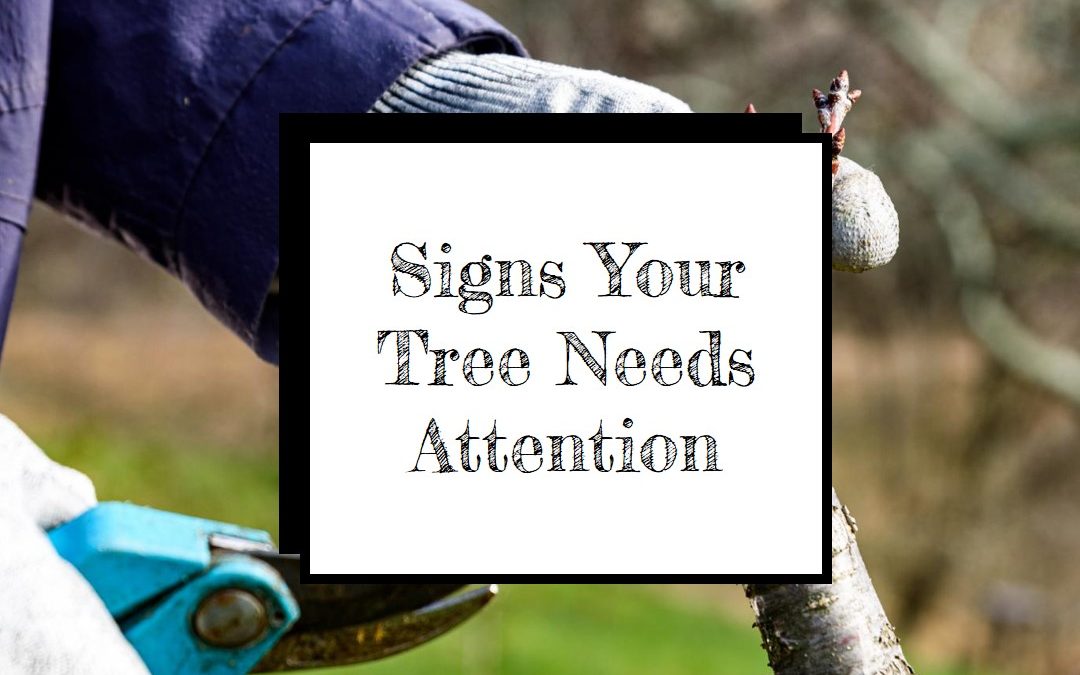Trees are essential to our landscapes, providing beauty, shade, and environmental benefits. They can become hazards if not cared for or inspected.
Here are critical signs that indicate your tree may need immediate attention, ranging from minor issues that could lead to more significant problems to urgent hazards requiring prompt action.
1. Tree Cavities
Cavities in trees are hollow spaces in the trunk or branches, often resulting from an injury that has allowed decay to set in. While a small cavity might not pose an immediate threat, larger cavities can weaken the tree’s structure. If you notice large cavities, especially if they are expanding, it’s a sign that the tree needs to be assessed by a professional arborist to determine its stability and safety.
2. Overgrowth
While a lush, dense canopy is generally a sign of a healthy tree, overgrowth can be problematic. Excessive growth can lead to branches becoming too heavy, increasing the risk of breaking off, particularly during storms. Overgrowth can also obstruct visibility for drivers or pedestrians and interfere with power lines. Regular pruning is necessary to maintain the tree’s health and prevent potential hazards.
3. Root Damage
The roots are the foundation of a tree’s health and stability. Damage to the root system, which can occur due to construction, heavy machinery, or soil compaction, may not be immediately visible but can affect the tree’s health. Signs of root damage include leaning of the tree, visible roots that are severed or damaged, and unexplained wilting of the foliage. If you suspect root damage, consult an arborist for an evaluation.
4. Discolored Leaves
Discoloration of leaves outside of normal seasonal changes can indicate stress from various factors, including nutrient deficiencies, over-watering, drought, or disease. While not all leaf discoloration requires immediate action, it’s a sign that the tree is not in optimal health and may need specific care or treatment.
5. Leaf Discoloration or Loss
Like discolored leaves, unexpected leaf loss or significant discoloration signals stress or disease, especially during the growing season. This symptom alone does not need immediate action, but monitoring and consulting with an arborist can help identify the cause and provide an appropriate response.
6. Significant Structural Damage
Structural damage to a tree, such as large cracks in the trunk or major limbs, poses a clear and immediate danger. This damage can result from weather events, disease, or physical impact. A professional should evaluate trees with significant structural damage immediately to determine if they can be saved or if removal is necessary to prevent potential harm to people and property.
7. Decay and Rot
Decay and rot are signs of a weakening tree and can be identified by soft, crumbly wood, fungal growth, and a musty smell. These symptoms often indicate that the tree is in advanced stages of decay and may not be sound. Immediate assessment by an arborist is crucial to address safety concerns.
8. Dead or Broken Limbs
Dead or broken limbs are a sign of a tree in distress and pose an immediate risk of falling, causing injury or damage. After storms or as part of regular maintenance, inspect trees for dead or broken branches and have them removed.
Preventative Measures and Professional Care
Addressing these signs can prevent further damage and help maintain the health and safety of your trees. Regular maintenance, such as proper pruning, watering, and mulching, can help prevent many problems. Pest and disease management practices can also protect your trees from common threats.
In cases where professional intervention is necessary, hiring a certified arborist can ensure that your trees receive the best care. Arborists can provide health assessments, pruning, treatment of diseases or pests, and, if necessary, safe tree removal. They can also offer guidance on proper tree care and maintenance practices to prevent future issues.
Recap
Trees are valuable assets to our environment and property but require attention and care to remain healthy and safe. By being aware of the signs that show a tree needs immediate attention and taking prompt action, you can protect your trees, property, and the people around them.
Regular inspections and maintenance, combined with the expertise of professional arborists, are key to preserving the beauty and benefits of your trees for years to come.


